- In the recent days of heavy rain and floods, storm No. 11 has severely affected many areas in Lang Son province, deeply inundating many medical stations and medical centers, causing disruptions in the daily life and professional work of medical staff. However, overcoming difficulties in facilities, weather and large workload after the storm, the provincial health sector has quickly overcome the consequences, restored medical examination and treatment activities, ensuring that people in flooded areas do not lack health care services.
During the recent storm No. 11, the Huu Lung Regional Medical Center was deeply flooded, many medical examination and treatment areas, drug warehouses and medical equipment were severely affected. With a proactive spirit, the center promptly mobilized forces to move some equipment and machinery to higher positions, arranging for safe inpatient treatment for patients. In particular, during the time of isolation by floodwaters, some patients who needed dialysis and Methadone could not go to the hospital by themselves, the center coordinated with the police and military forces to organize transportation, ensuring timely treatment for patients.
Immediately after the water receded, medical staff quickly cleaned and disinfected the entire campus, cleaned and rearranged flooded departments and rooms, ensuring a safe and clean working environment. Thanks to that, medical examination and treatment activities for people were not interrupted.
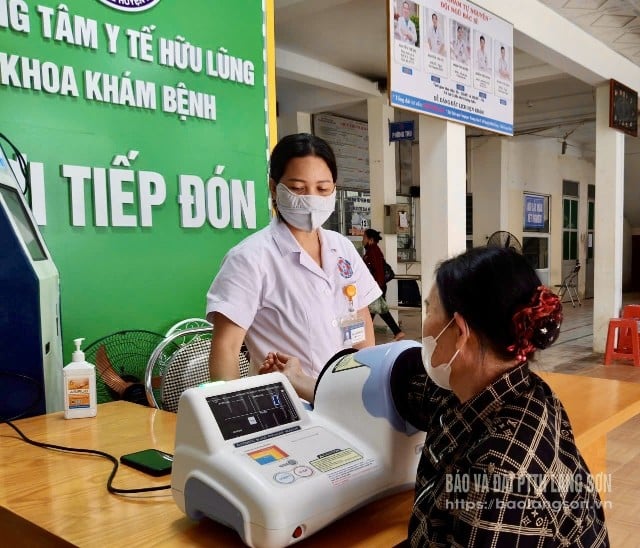
Specialist II Doctor Nguyen The Do, Director of Huu Lung Regional Medical Center, said: We determined that we must restore medical examination and treatment activities as soon as possible to meet the increased demand for health care after the flood. Staff and employees were mobilized to work continuously, both to overcome the consequences and to receive and dispense medicine to patients. Up to now, the center has been operating stably, departments and rooms are operating normally; medical examination and treatment, vaccination and primary health care for people are maintained regularly.
Not only the Huu Lung Regional Medical Center, the whole province has 8 medical stations and stations in the communes of Thien Tan, Yen Binh, Van Nham, Tuan Son, Tan Thanh that were deeply flooded due to heavy rain and floods, with total estimated damage of over 3.2 billion VND.
To quickly resume operations, immediately after the water receded, local medical staff quickly started cleaning, disinfecting, and rearranging the workplace to welcome people for medical examination and treatment, ensuring no interruption in people's health care. Medical stations all arranged staff to be on duty 24/7, proactively checking and monitoring the risk of disease outbreaks, especially infectious diseases that are common after floods.
Doctor Tran Van Toan, Head of Yen Binh Commune Health Station, said: The recent flood caused by storm No. 11 caused the station to be submerged about 2.2 meters deep. Many medical equipment such as X-ray machines, tables, chairs, hospital beds, and records were severely damaged, with total damage estimated at about 700 million VND. After the water receded, all staff at the station urgently cleaned up the mud, cleaned and disinfected the premises and offices as usual, but services requiring equipment and machinery could not be performed due to the prolonged power outage.
According to Dr. Toan, after the flood, the number of people coming to the station for medical examination increased compared to before, on average, the station received about 30 people coming to the station for medical examination each day (an increase of 30% compared to before the flood), mainly suffering from skin and digestive diseases. The reason is that people have to soak in flood water for a long time, along with the unsanitary water source leading to digestive disorders. To prevent infectious diseases, the station has coordinated with the medical force at the upper level to spray disinfectant, treat flooded wells, kill mosquitoes and propagate to people to proactively prevent and fight epidemics after the flood.
After floods, the environment and water sources are polluted, creating conditions for bacteria, viruses and mosquitoes to breed, increasing the risk of outbreaks of infectious diseases such as cholera, dysentery, typhoid, dengue fever, etc.
Mr. Phan Lac Hoai Thanh, Deputy Director of the Department of Health, said: The health sector has proactively deployed many synchronous measures to prevent, combat and contain the risk of cholera epidemics in particular and infectious diseases circulating after natural disasters in general. Specifically, directing medical units in the area to strengthen epidemiological surveillance in the community, especially in areas that are deeply flooded or have people returning from epidemic areas; promptly detect, take samples for testing and handle suspected cases immediately.
At the same time, it is recommended that medical examination and treatment facilities proactively stock up on medicines, chemicals, supplies, equipment and spare hospital beds; maintain electricity, water, transportation and information technology systems to serve medical examination and treatment. Thanks to that, medical examination and treatment activities in the area are guaranteed to be smooth, uninterrupted, ready to respond effectively to any situation arising after storms and floods.
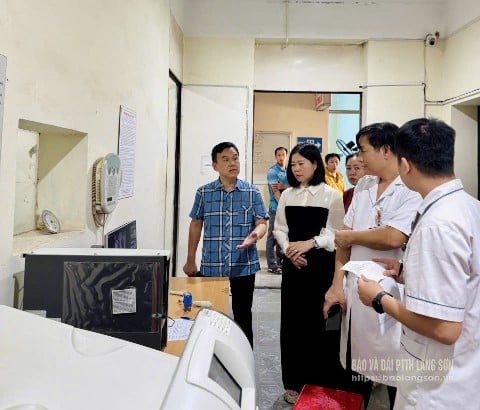
Accordingly, the Department of Health has directed regional health centers and commune and ward health stations to, in parallel with medical examination and treatment for people, pay attention to implementing disease prevention work (cholera, dysentery, typhoid, dengue fever, etc.) that may arise in the area after storms and floods; direct the Provincial Center for Disease Control to organize inspection teams, provide professional support, and technical guidance for lower levels, while fully preparing chemicals, supplies, and equipment for mobile epidemic prevention and control teams. At the same time, the provincial health sector has stepped up propaganda and instructed people to implement personal hygiene measures, protect the environment, use clean water sources, wash hands regularly, eat cooked food and drink boiled water, and properly treat flooded wells...
Thanks to the urgency of the health sector, medical examination and treatment in the area is guaranteed without interruption, meeting the increased health care needs of people after the flood.
Mr. Phu Van Tu, a resident of Tien Hau village, Nhat Hoa commune, said: I have had gout since 2020. During the recent storm No. 11, my house was deeply flooded, my feet had to soak in dirty water for a long time, so the disease relapsed, causing pain for many days. When I went to the commune health station, the doctors examined me thoroughly, gave me treatment advice and instructed me on a suitable lifestyle. Up to now, my condition has also improved.
It can be seen that the health system at all levels in the province not only urgently overcomes the consequences of natural disasters, but also proactively deploys measures to monitor and prevent epidemics, ensuring health safety for the people. These specific and practical actions have contributed to affirming the sense of responsibility, dedication and flexible response capacity of the Lang Son health sector in all situations, maintaining the "lifeblood" of community health care amidst difficulties and fluctuations of nature.
Source: https://baolangson.vn/khong-de-gian-doan-viec-kham-chua-benh-sau-mua-lu-5062583.html


![[Photo] Award Ceremony of the Political Contest on Protecting the Party's Ideological Foundation](https://vphoto.vietnam.vn/thumb/1200x675/vietnam/resource/IMAGE/2025/10/22/1761151665557_giaia-jpg.webp)


![[Photo] Prime Minister Pham Minh Chinh chairs meeting on nuclear power plant construction](https://vphoto.vietnam.vn/thumb/1200x675/vietnam/resource/IMAGE/2025/10/22/1761137852450_dsc-9299-jpg.webp)

![[Photo] Da Nang: Shock forces protect people's lives and property from natural disasters](https://vphoto.vietnam.vn/thumb/1200x675/vietnam/resource/IMAGE/2025/10/22/1761145662726_ndo_tr_z7144555003331-7912dd3d47479764c3df11043a705f22-3095-jpg.webp)


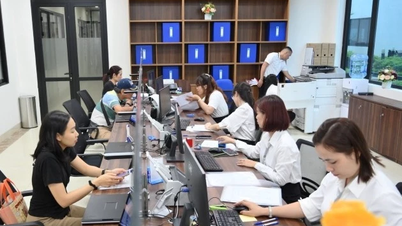

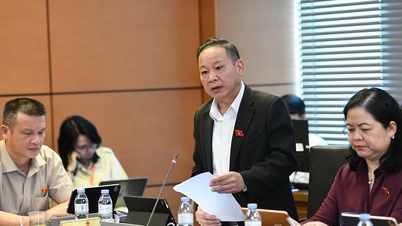
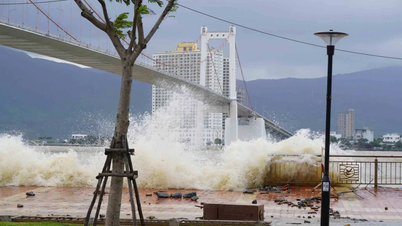



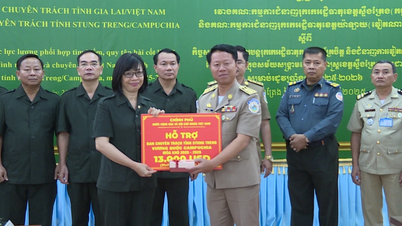








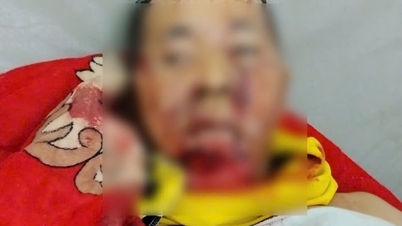
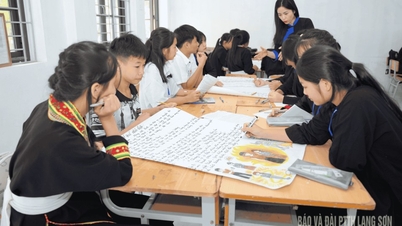
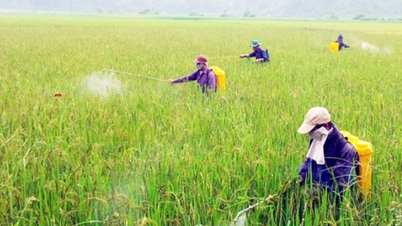













































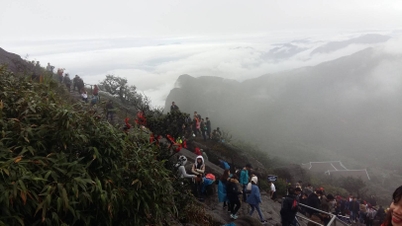










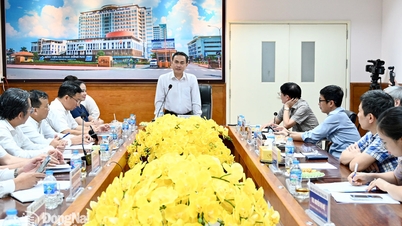




















Comment (0)